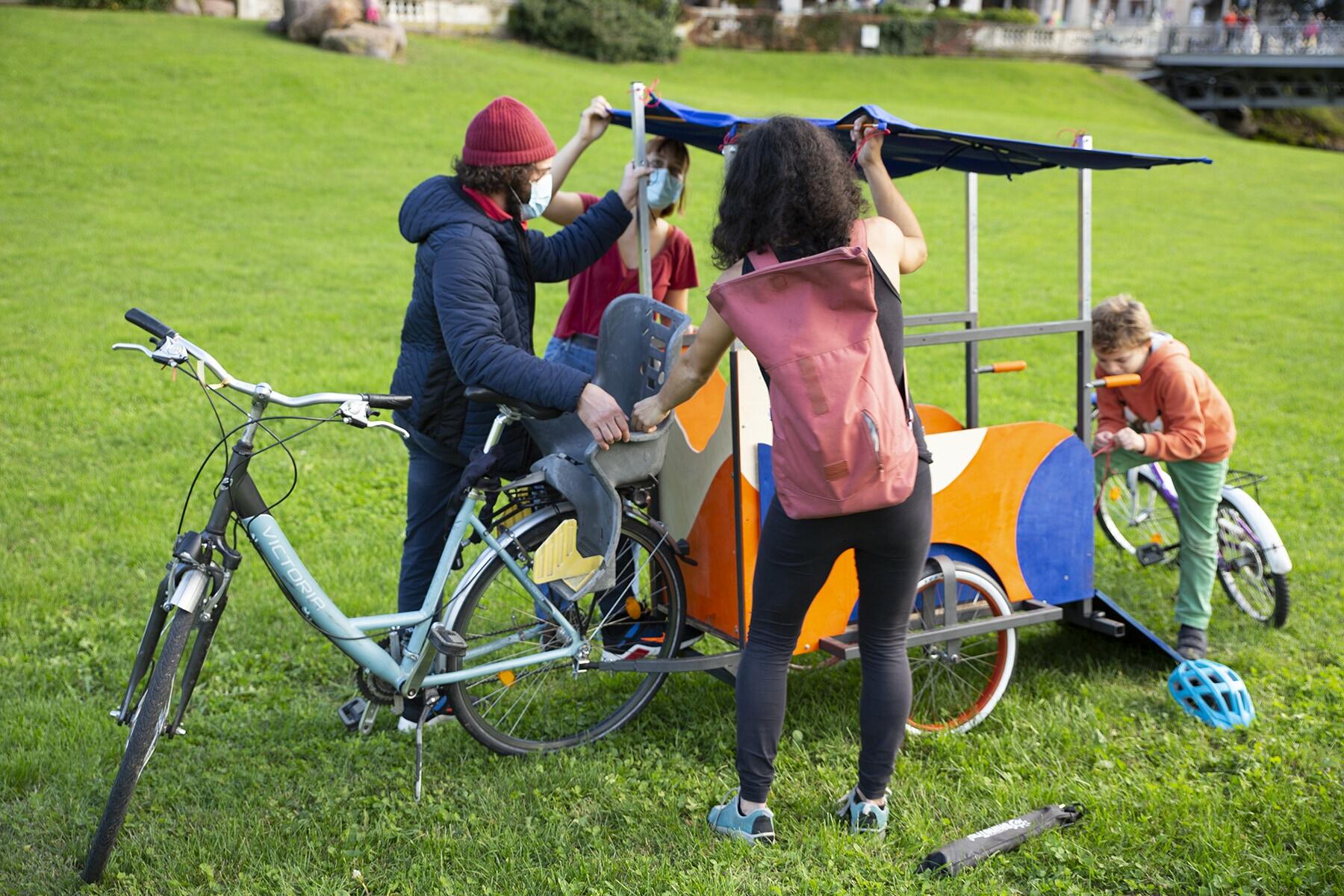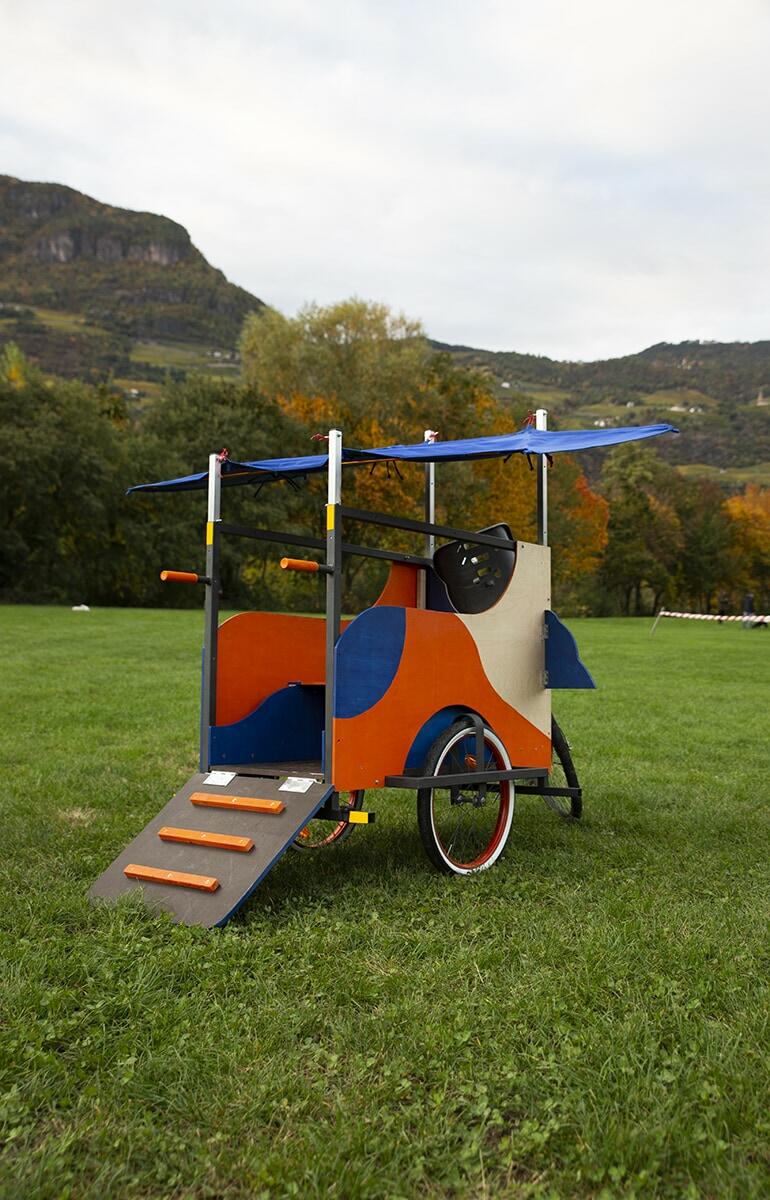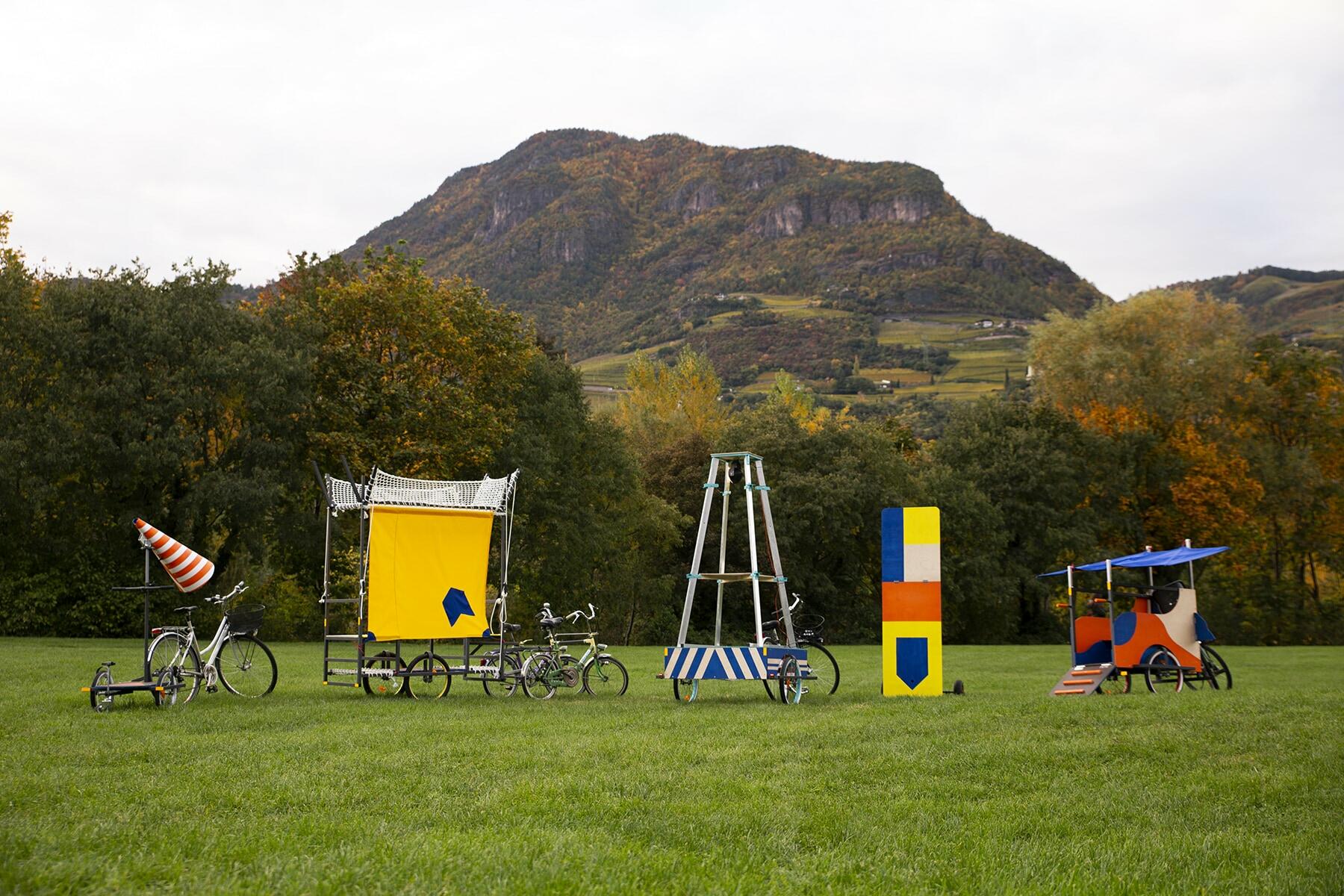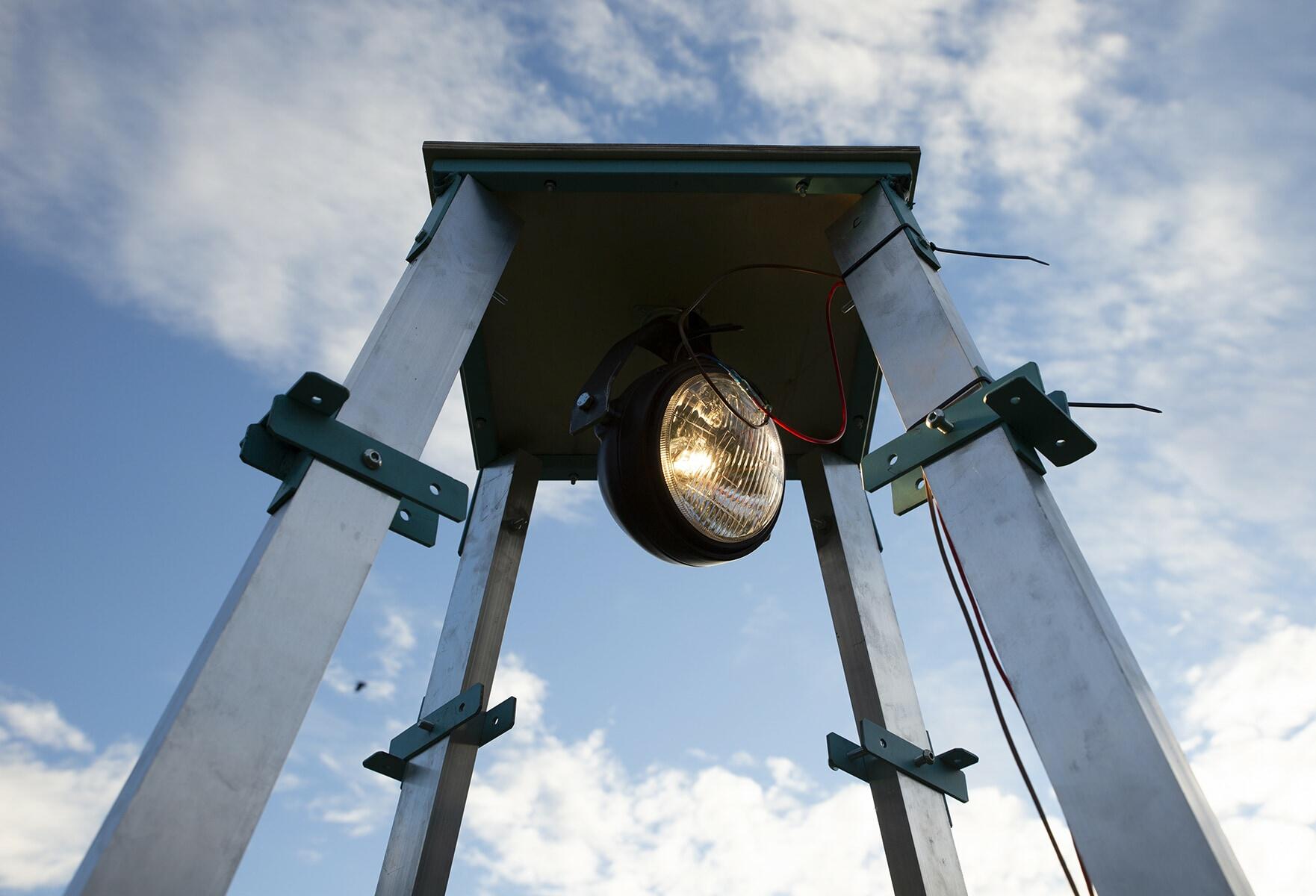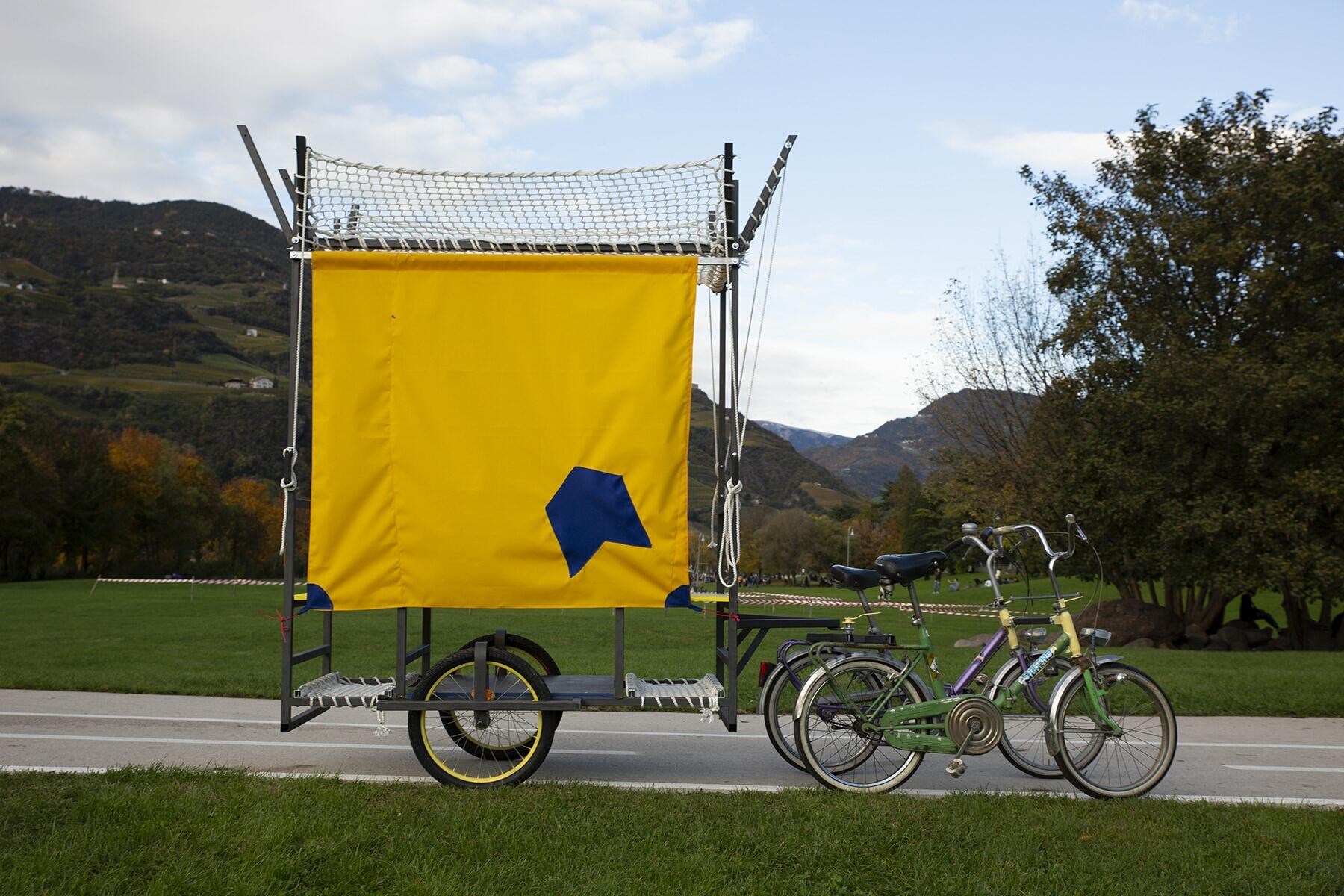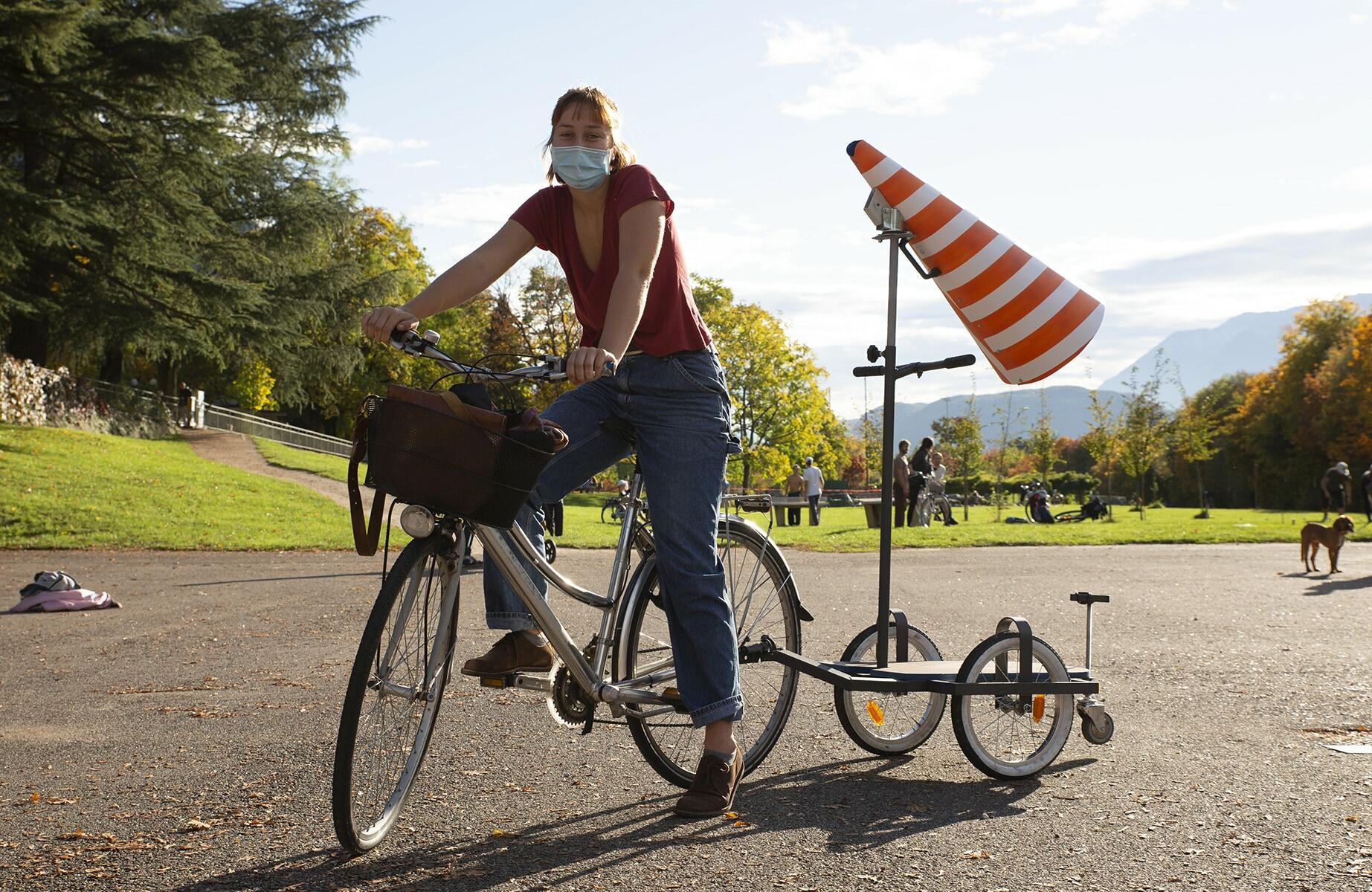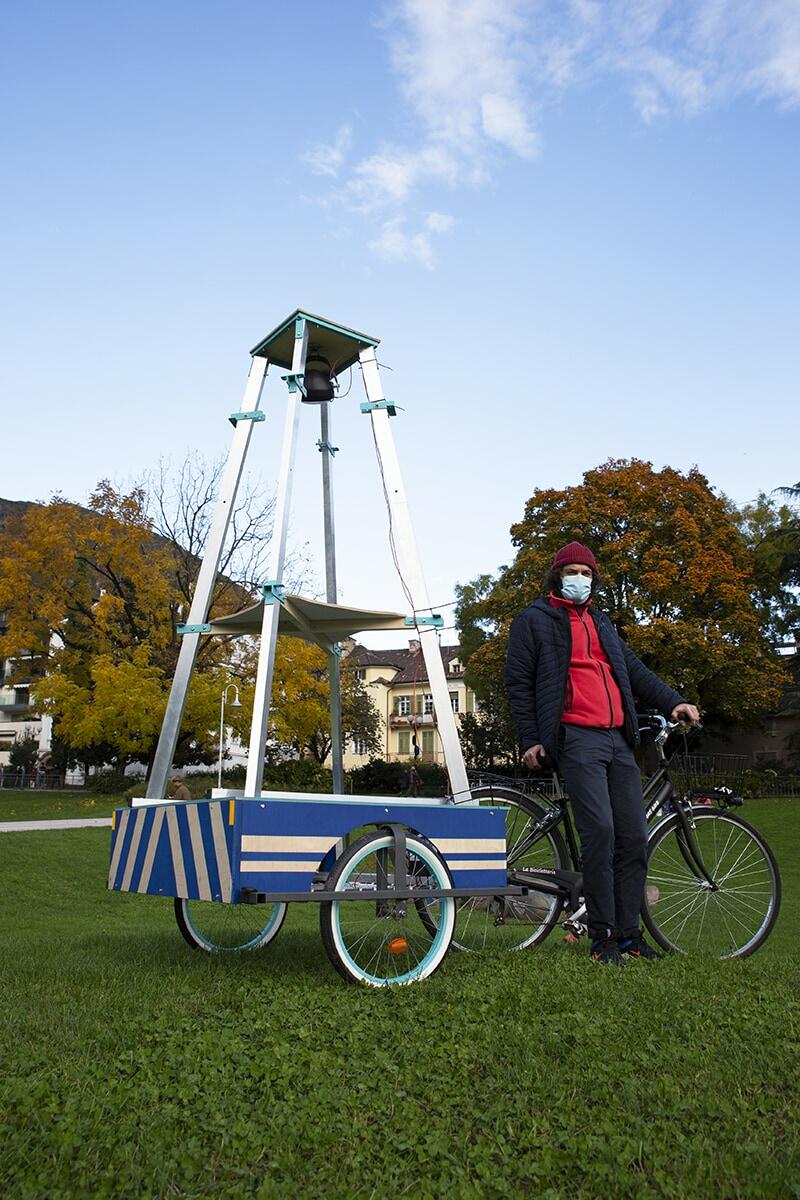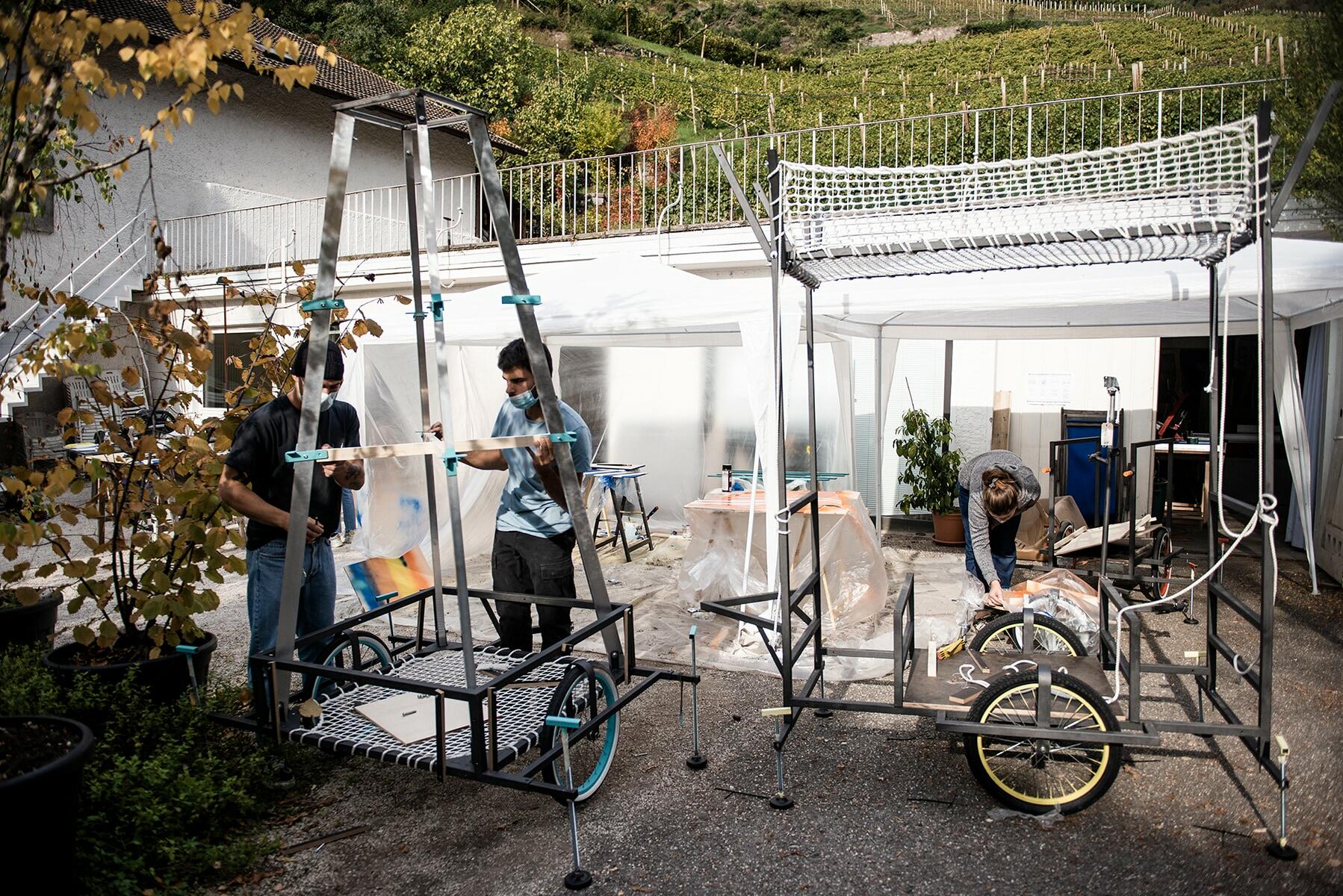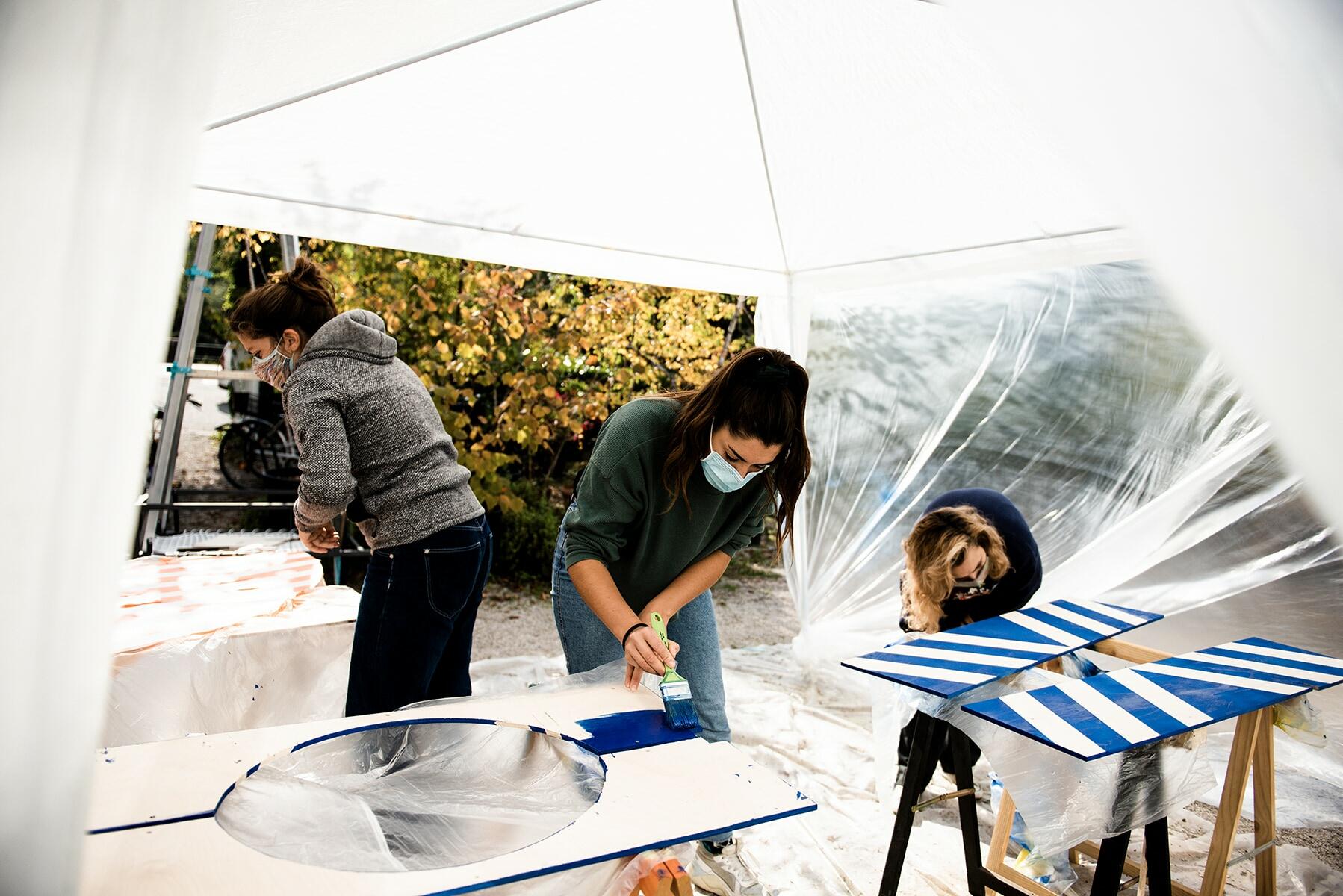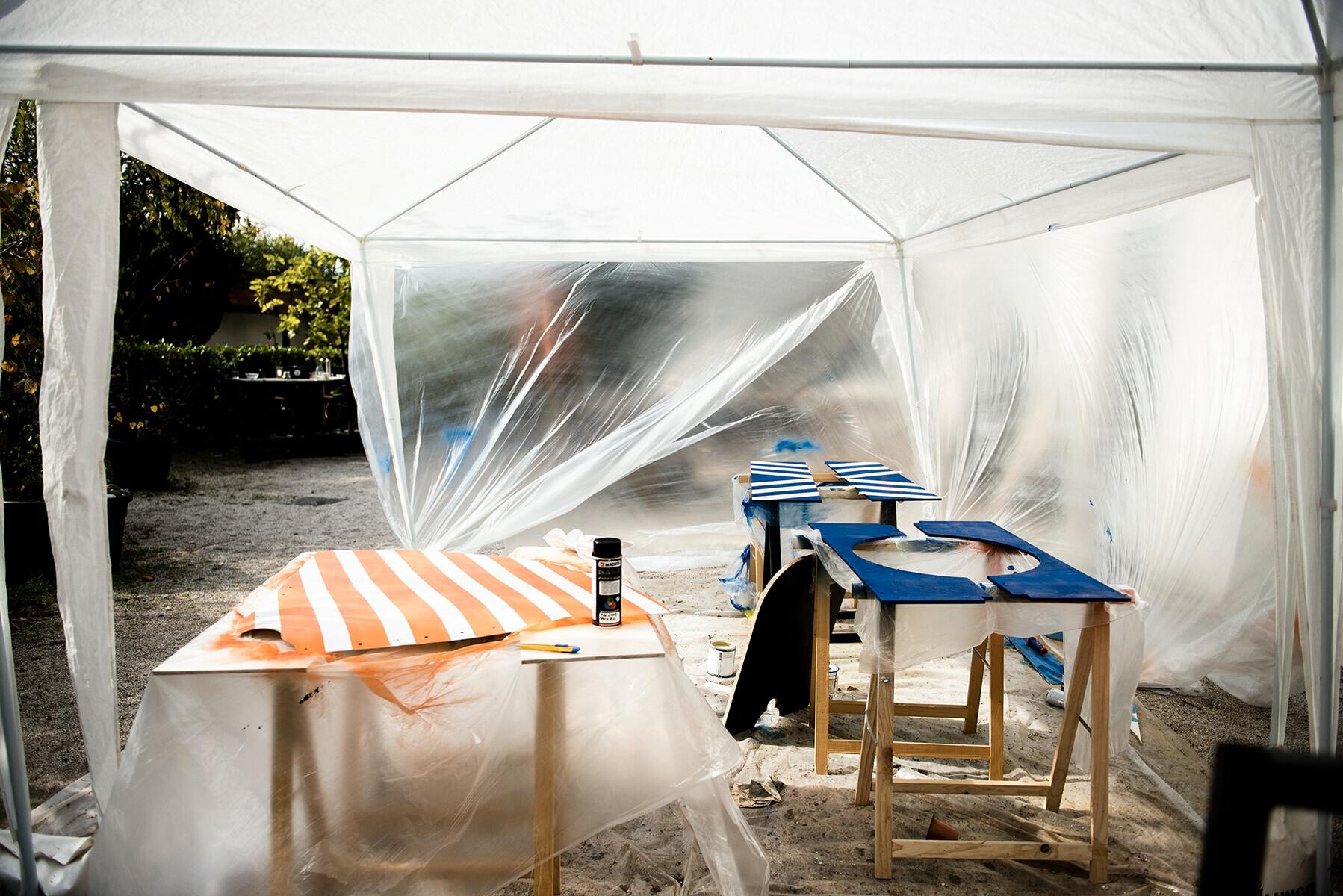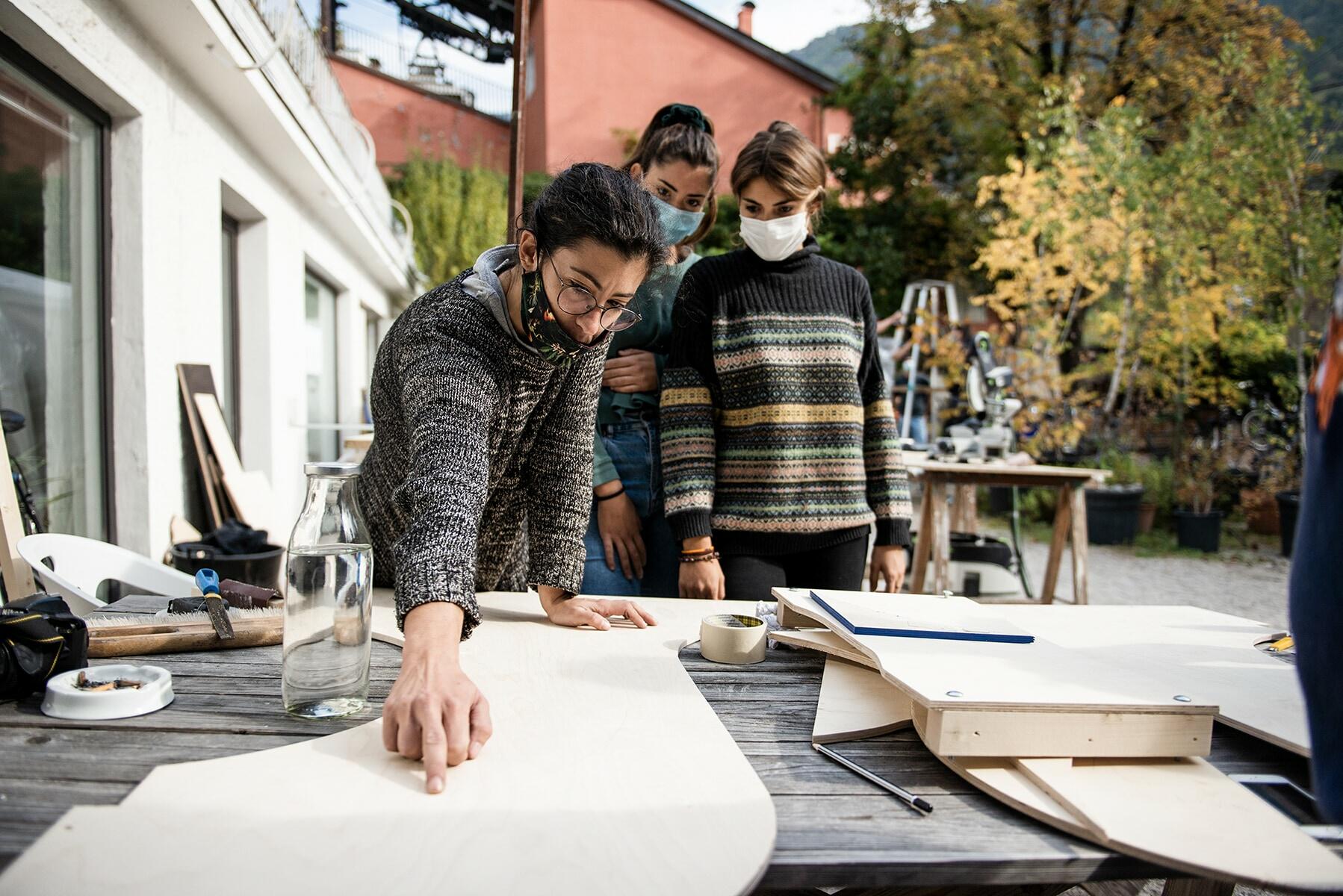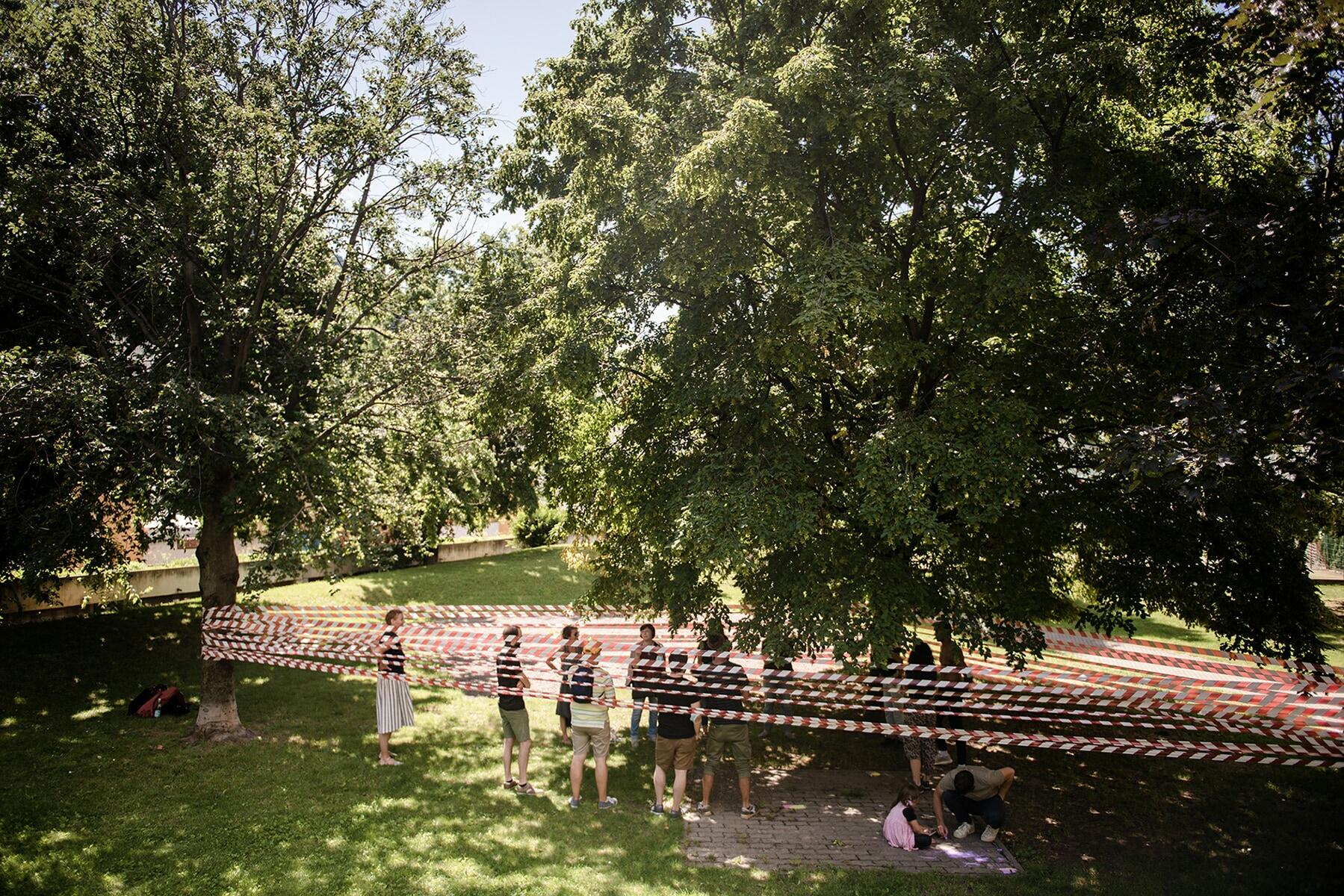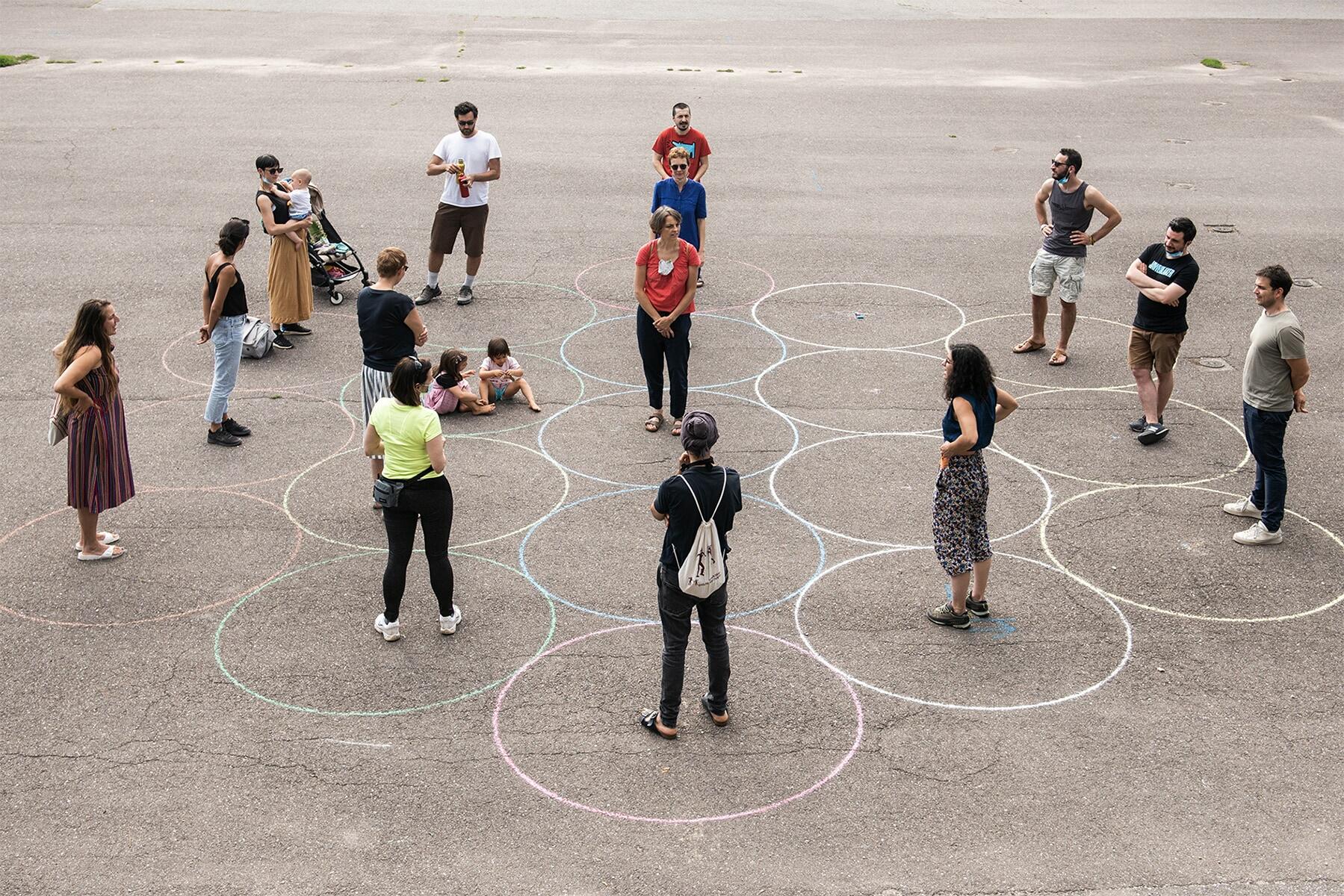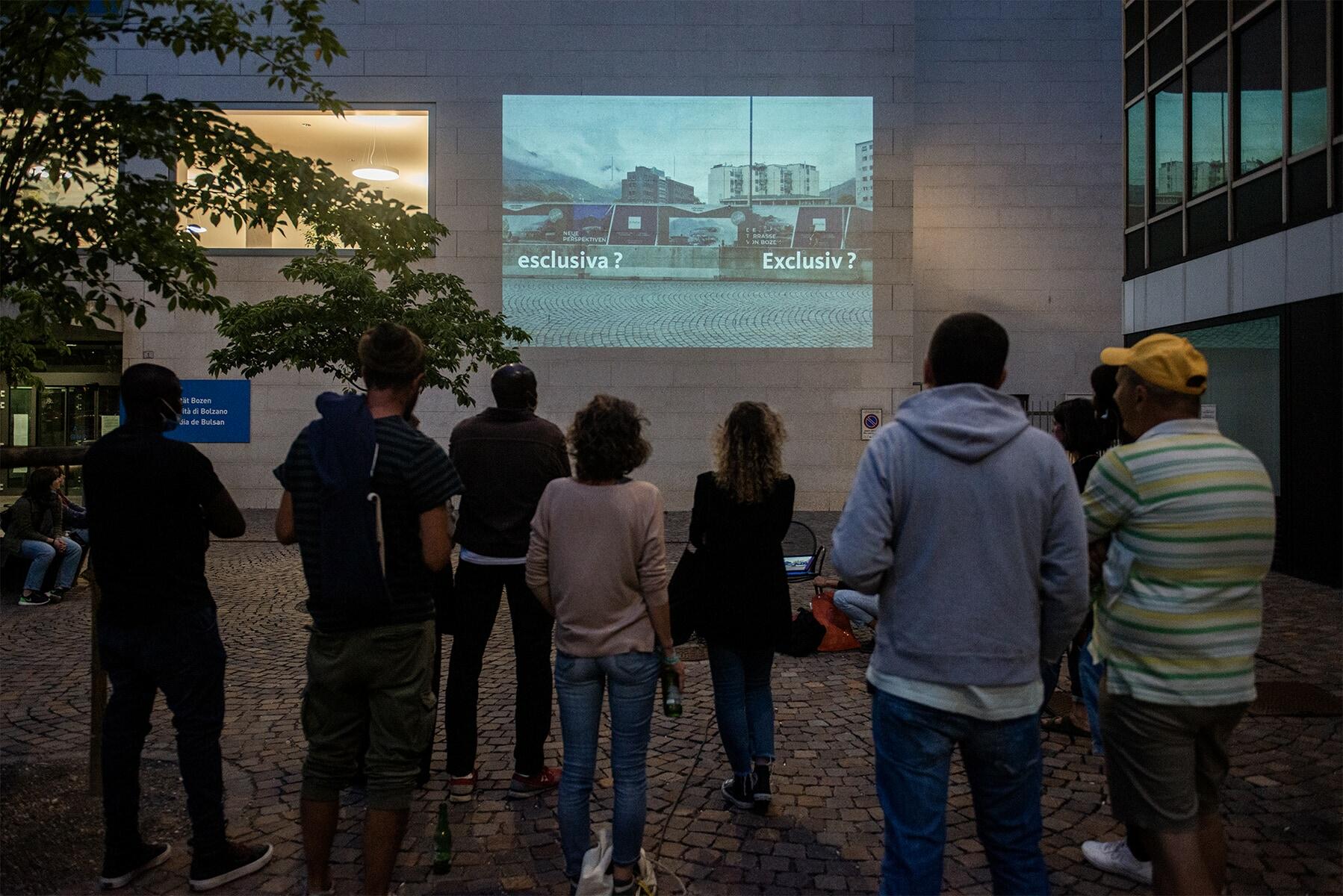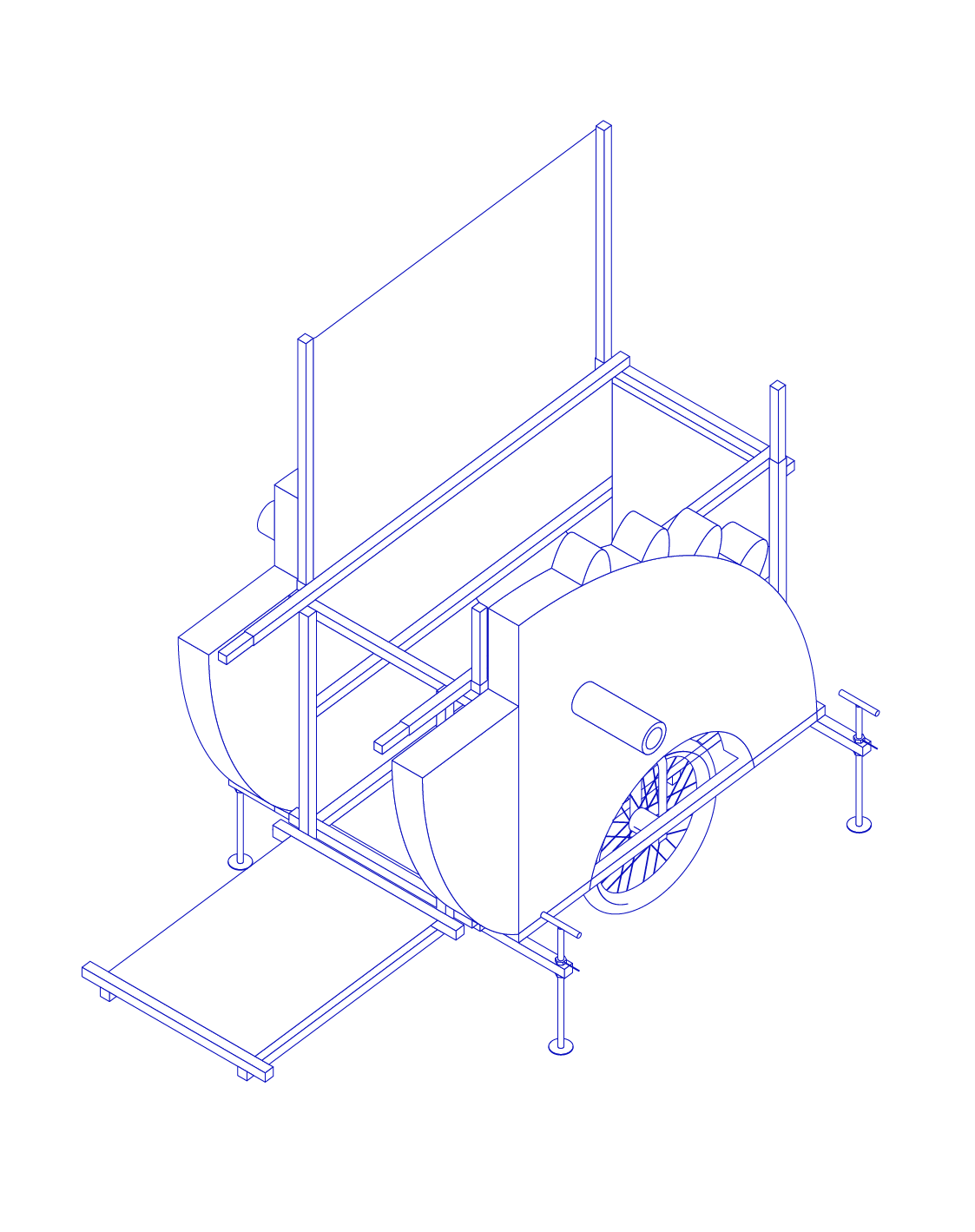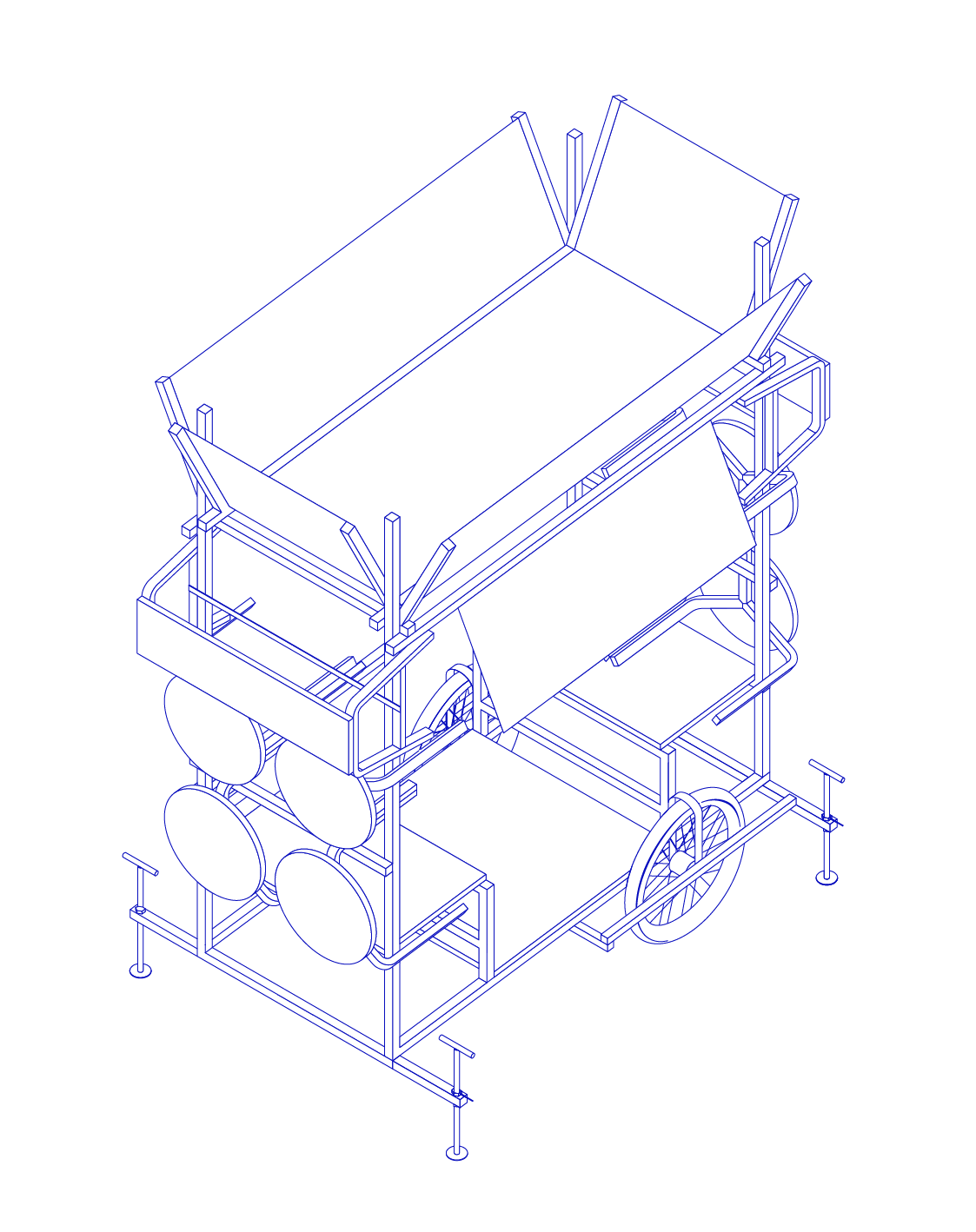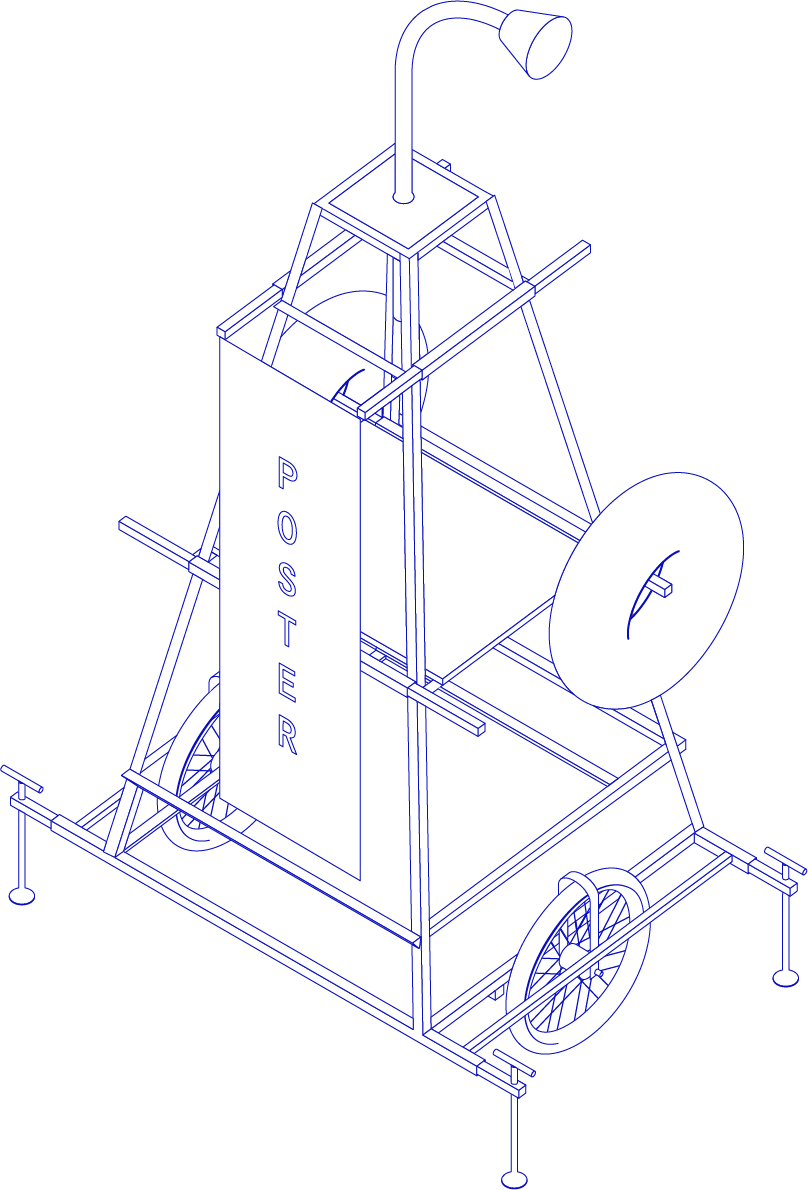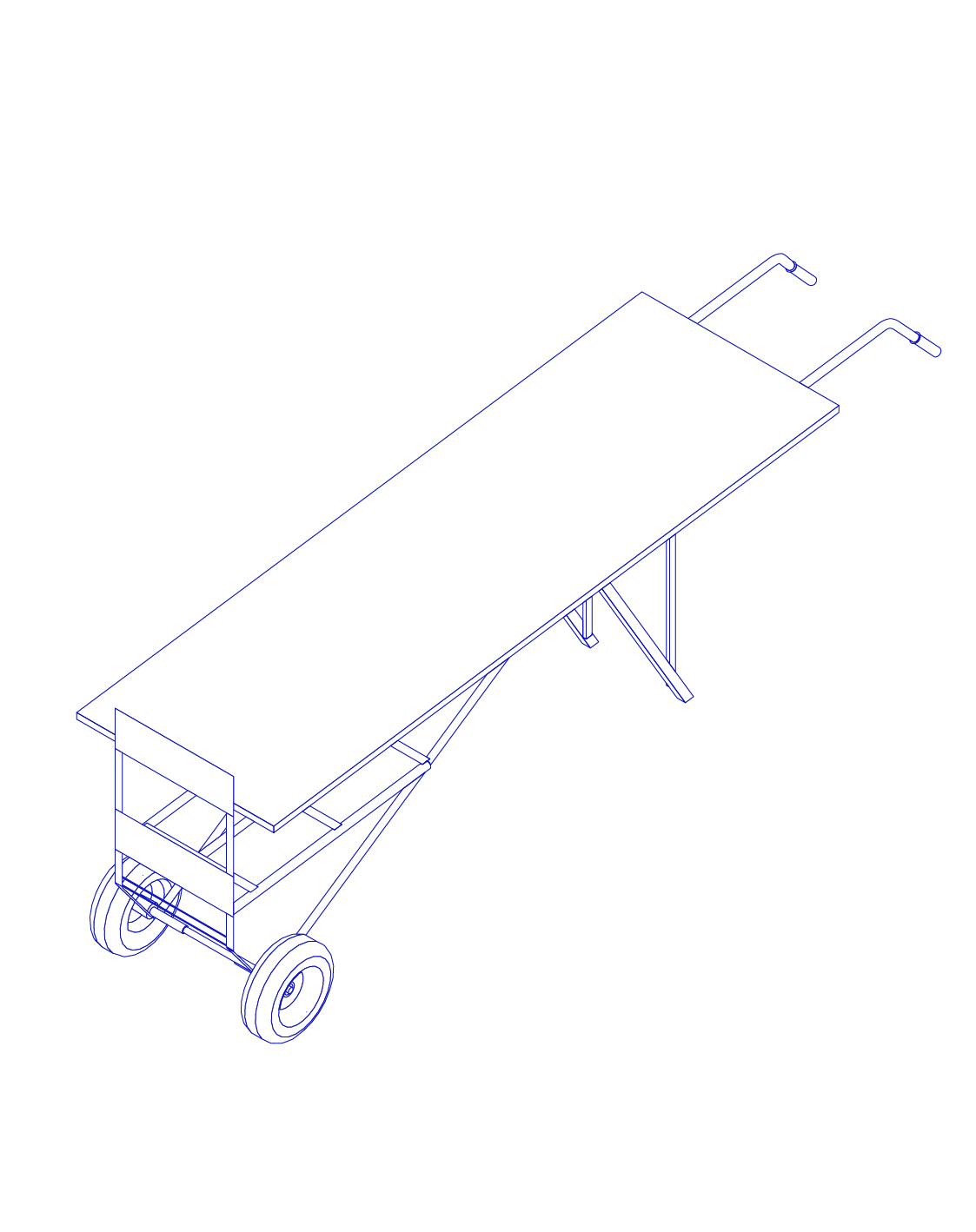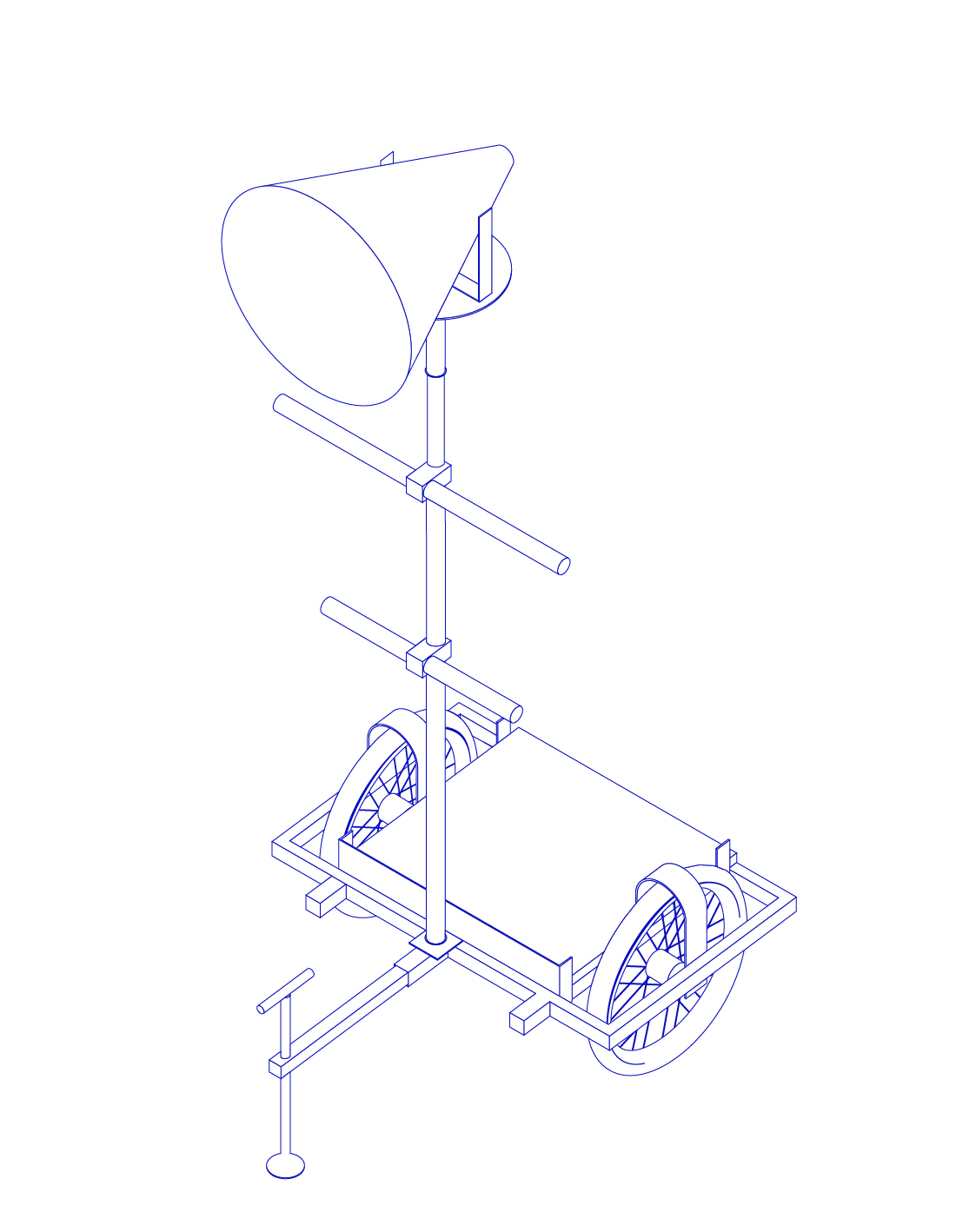Acteur
Lungomare, cultural association.
Angelika Burtscher and Daniele Lupo are the founders and co-curators of the project space Lungomare and of the design and visual communication studio Lupo Burtscher since 2003. Every year, Lungomare invites artists and designers to Bolzano, South Tyrol to engage with the territory and its history, landscape, society and culture with the aim of developing tangible actions and testing the possible relationships between design, architecture, urban planning, art and theory. The duo also co-founded COSMO in 2015, a collaborative platform for designers, local artisans and craftspeople who have fled their home countries.
orizzontale, is an architects’ collective based in Rome whose work crosses the fields of architecture, urbanism, public art, and DIY practice. orizzontale has been promoting projects of common relational spaces, giving form to both dismissed and unseen images of the city. These projects have represented the ground for experimenting new kinds of collaborative interactions between city dwellers and urban commons as well as occasions to test the boundaries of the architectural creation process. Their mobile theatre “8 ½” was awarded the international prize of Young Architects Program (“YAP MAXXI 2014”) by MAXXI Museum and MoMA PS1. In 2018 at the Venice Biennale, orizzontale is awarded the “Young Talent of Italian Architecture 2018”.
Action
The project of Co-Carts – vehicles for the community was created as part of the 2020 artist in residency of Lungomare with the collective of architects orizzontale. Co-Carts are pop-up devices, built to be manipulated and transformed, to enter into synergy with each other and with their context and to amplify the relationship between the inhabitants and the city. Through them, the public space becomes a space of negotiation where, instead of social demarcation, human interaction can take place and needs and ideas can be shared. Co-Carts encourage freedom of opinion, they are multilingual and intercultural. They have the potential to transform urban space, to give an echo chamber to unheard voices and a space for collaborative action. Co-Carts are eccentric, open, and anti-racist. They do not produce personal profit. They support inclusiveness, deconstructing existing categories, not only creating a space but celebrating it. During the ExpoAction the Co-carts will be in action in the squares and streets of Bolzano, if the sanitary situation allows it.
